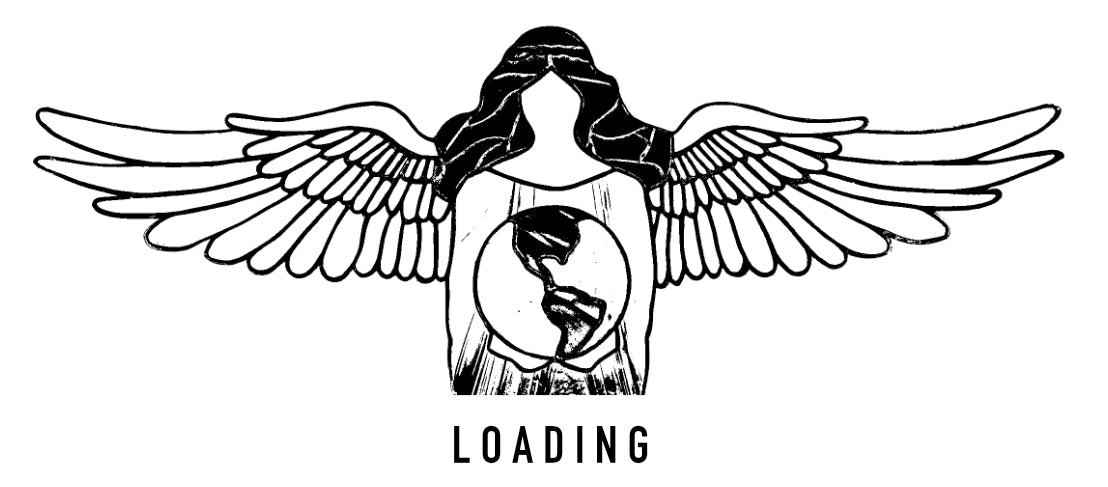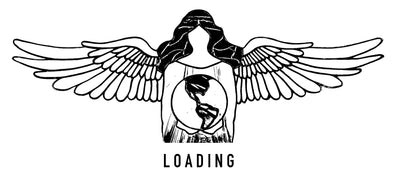Breath: The Master Healer

Using breath to find balance, ease pain, and communicate better
Diaphragmatic breathing may release endorphins that act as neurotransmitters relieving pain and giving the breather a sense of well being. From personal clinical study, I have seen breath be a major source for regaining energetic balance. From balance, one can regain or maintain health. When one has energetic balance and is centered in their physical being, communication and co-operation comes more easily.
Recently, while providing an in-service staff education session to a group of health workers, I realized how important it is to teach centering breath. I teach it almost every day in my clinical practice to my patients. Or I at least remind someone of it daily. Personally I know the importance of centered breathing. It gives me focus and awareness to carry out my duties as a physician. I communicate with my family better when I practice breathing into my center. Better decisions occur when practicing this breath.
Since learning of centered breathing as a meridian therapy acupuncture student, my health has improved. Some of that success certainly can be awarded to meridian therapy acupuncture treatments that I receive regularly. However, my teacher (Dr. Thomas Duckworth, D.K.M., L.Ac., NCCAOM Diplomate in Acupuncture) has told me on numerous occasions, “breathing into Tan Den is the best medicine”.
Tan Den is the Japanese term for energy center. To find your Tan Den, place your index finger in your navel. The second finger will fall onto the center of your physical being. This is where the energy of the breath comes into, fortifying your physical being. This is where the fortified energy moves from, to travel through the passages of your energy being. Breathing in this manner is our natural way of breathing. If we born without trauma, this is from where we took our first breath. A breath only from the chest is a breath of stress or fear.
The breath, and energy thereof, doesn’t stop at the physical center. It moves up into the lungs and into the middle Tan Den or heart center. This is the place of our emotional/spiritual aspect of our being. Here is the energy center where we connect and cooperate with others.
Having filled the lungs with air ki (energy), the energy travels further to the upper tan den. This is the place of our mental capacity.
Breathing a whole centering breath that takes us from center of our physical being while uniting us with our spiritual and mental capacities allows all of our aspects to work in tandem. The physical, spiritual/emotional, and mental capacities work in a balanced accord to move through life with better decision making capabilities. From here, we eat better, we exercise more regularly, we rest when needed. We simply make judgements that empower life in balance.
Science has yet to have a full understanding of how endorphins are released. Endorphins are endogenous opioid peptides that act as neurotransmitters. They are five hundred times more potent than morphine. Thus they have pain relieving capabilities and they give a person a sense of well being. I can tell you from personal experience that deep diaphragmatic breathing releases endorphins. I now call diaphragmatic breathing “tan den” breathing. They are not exactly the same. Diaphragmatic breathing speaks of a physical anatomical structure performing an act. “Tan den” breathing speaks of an energetic transformative act. It has a broader meaning. With each deep breath, we can release these powerful neurotransmitters to help us deal with physical pain and emotional pain. It is my sense that they actually help us think more clearly. And, unlike man-made opiates, your body doesn’t get used to them. They remain effective with each release.
How does one practice? An easy method is to lay on your back. Place your index finger into your navel. Where the second finger falls naturally, place a heavy object, like a heavy dictionary, so that the center of the book rests over the center of the space that your second finger occupies. Now consciously breath into this space. The book should rise. It is not your belly muscles that do the work. Let the breath fill the space and cause the book to rise. As you exhale, the book will lower with your abdomen. The book rises first, then the chest fills and expands. On exhalation, the chest will empty first and then the belly will lower with the book.
Practice this exercise for five minutes morning and evening. Then just note periodically throughout the day where you are breathing. If you find you are breathing in your chest only, simply note that and begin again to breath into your tan den.
I can think of no other tool so accessible and inexpensive with which to regain and maintain health. Physical health, mental health, and relationship health can all gain benefit from tan den breathing.

